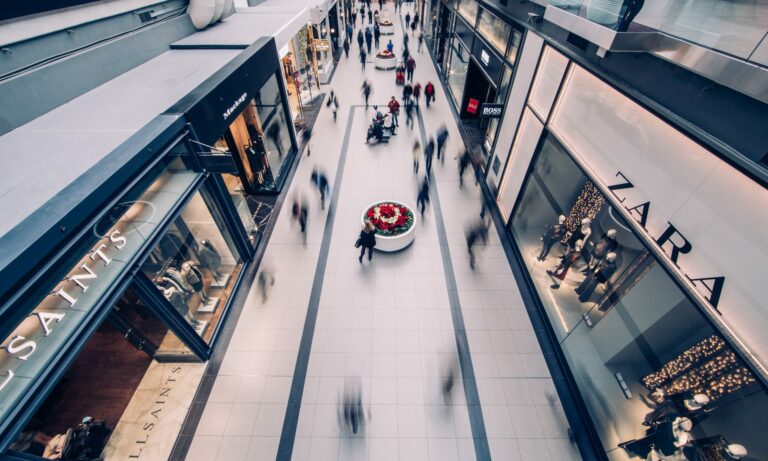Why innovation should not come at the detriment of hygiene and shopper safety
When attempting to draw consumers out of the shadows, extraordinary experiences hold the key to revitalising in-store footfall and driving customer loyalty. As retail destinations become more diverse and immersive, though, so too must the cleaning strategies designed to maintain them, says Katie Westerman, group sales & marketing director of SBFM (formerly known as Sparkling Bright Facilities Management).
“The growing trend towards transforming underused retail units and shopping centres into exciting destinations is certainly bearing fruit for today’s brands,” says Westerman. “While the final week of last year ended with footfall in UK retail destinations 24.5% below 2019 levels, the 78% rise on 2020 suggests consumer confidence is beginning to return.”
Despite this, however, she points out that retailers continue to be confronted with the well documented cautiousness of shoppers, particularly as they return with a heightened anxiety towards cleanliness and hygiene. As many as 95% of shoppers say that the exterior appearance of a retail premises influences where they decide to shop, and cleaning plays a role in that, according to 2021 a survey from Precision Facilities Management.
With retail spaces increasingly capturing visitor interest with unique and memorable moments, Westerman says traditional cleaning regimes are often not fit for purpose: “It is becoming increasingly important for stores to not only follow hygiene protocols, including regular and routine cleaning, but also ensure programmes are tailored to the environment in which they are deployed. In-built flexibility to pivot and adapt to any new facilities is also essential.”
With many large-scale destinations experimenting with technologies such as smart mirrors and tablets in fitting rooms, intuitive PoS systems, and interactive digital kiosks on the shop floor, she says cleaning operatives must target devices that are likely to be shared and touched by a multitude of customers throughout any given day.
And, despite developments in touch free technologies such as pay points, she reminds cleaning teams that common place touchpoints, from door handles to elevator buttons, handrails, shelving and shop counters should be regularly cleaned and sanitised.
While no two retail destinations are the same, Westerman believes they all share commonalities in their facilities, and these must be addressed in any facility cleaning service. “Given that pathogens and transmittable diseases can survive for hours, or even days, on frequently touched surfaces such as toilet levers, cubicles, wash basins, taps and entrance door handles, effective washroom cleaning can have a significant impact on shopper safety,” she says.
She suggests regularly scheduled, high specification cleaning to deliver a hygienic, pleasant, and safe environment for all visitors, protecting against cross-contamination and unsanitary conditions, particularly in washroom facilities.
Similarly, she recommends keeping floors sparkling and free from dirt and contaminants as this can give customers an immediate impression of cleanliness and, in turn, greater reassurances around in-store hygiene.
“While the advent of experience-led retail store concepts and ‘retailtainment’ have the potential to attract a new wave of consumers, it is essential that such innovation does not come at the detriment of hygiene and shopper safety,” Westerman adds.
This was first published in Retail Destination Fortnightly. Click here to subscribe.


